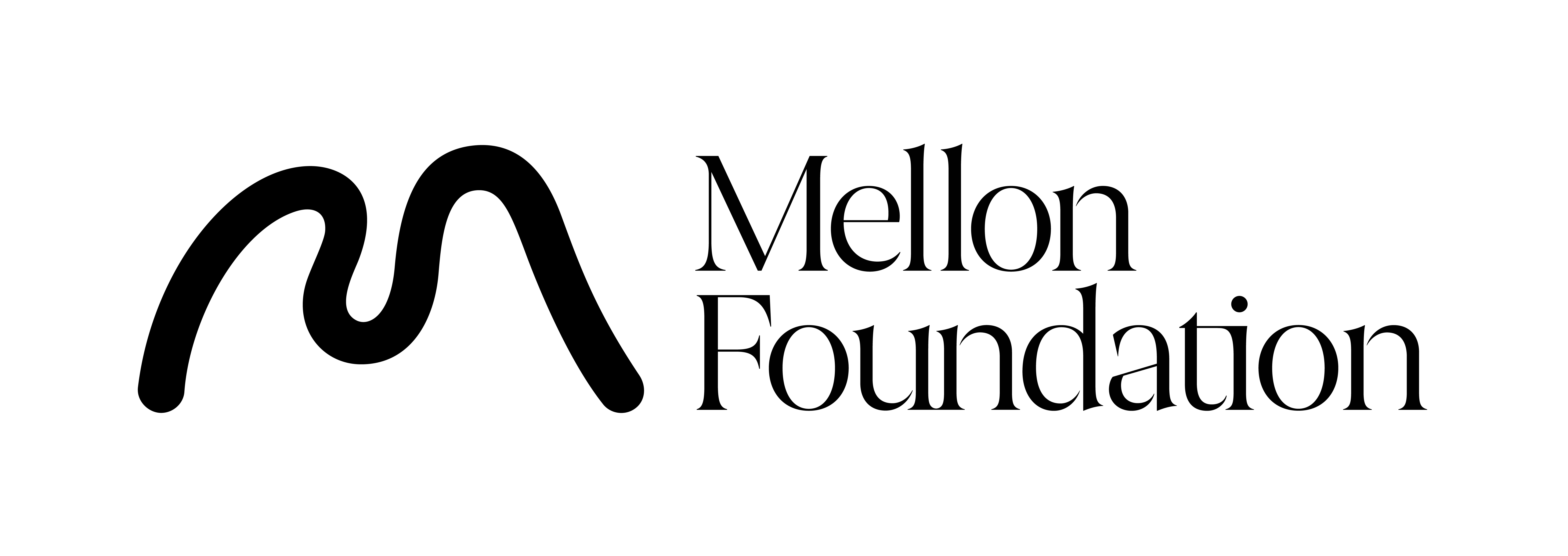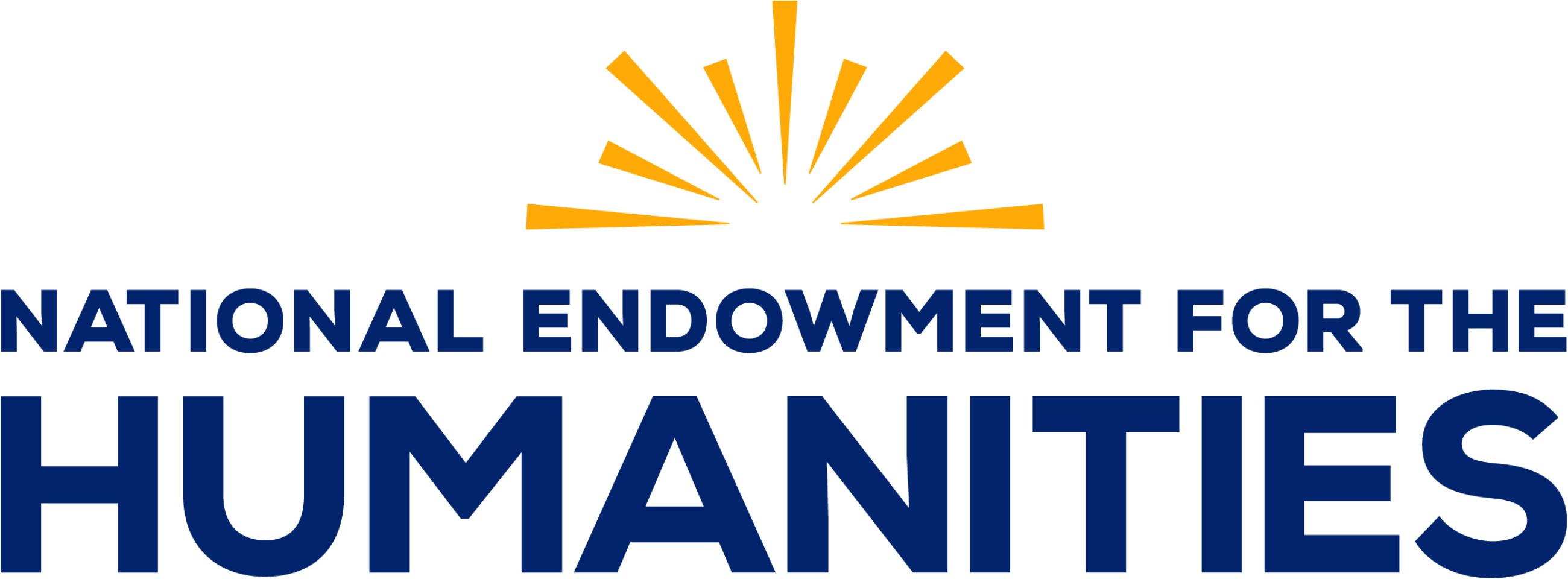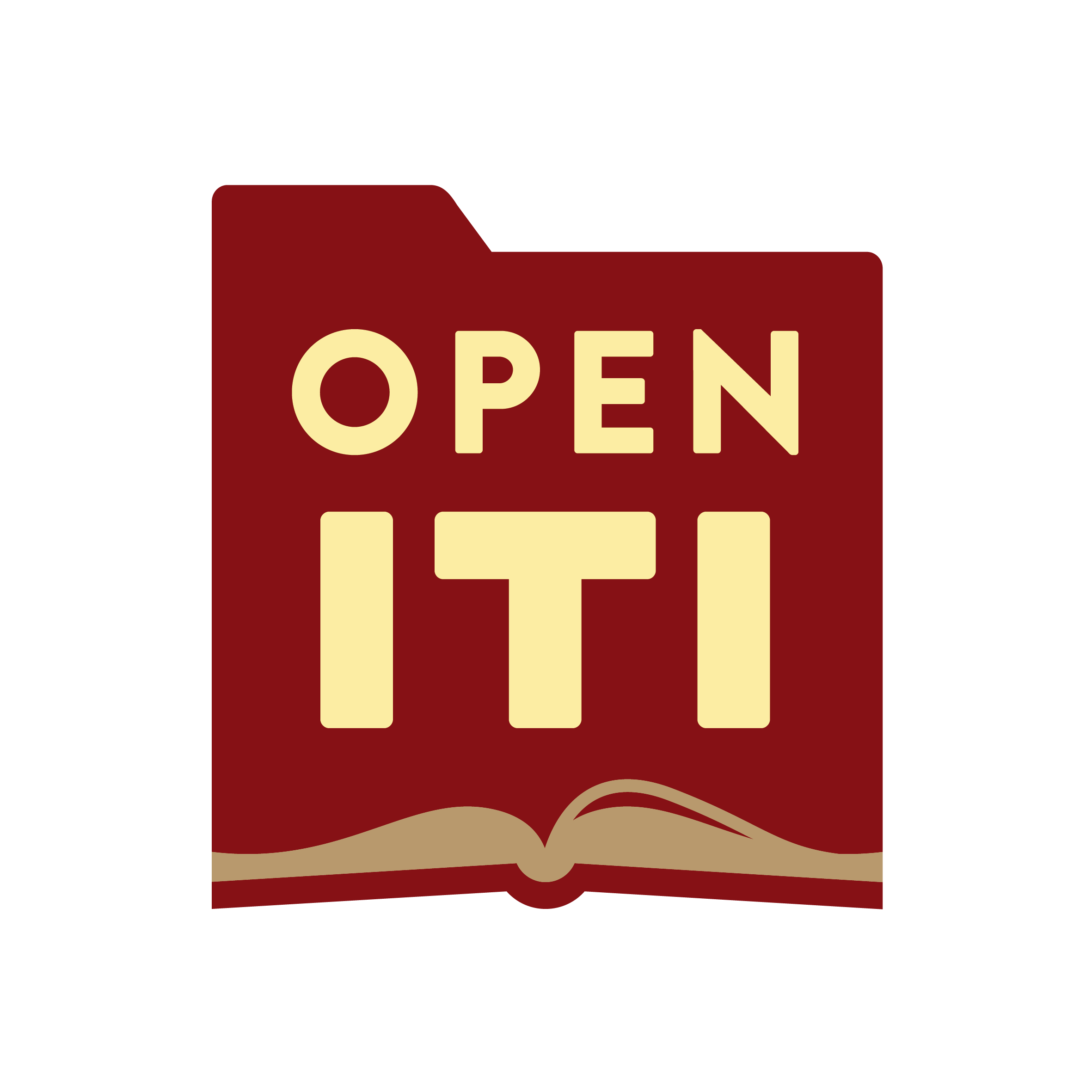Posts - Page 2 of 3
Digital Islamicate Manuscript Studies: A Literature Review and Manuscript Walk-Through
I have been meaning to do a review article covering useful resources, recent articles, and other matters that have come up in the course of our fall manuscript studies reading group, but kept putting it off, reasoning I ought to wait until the end of the semester (that, and I…
Digital Islamicate Manuscripts Reading/Working Group 2.0: Spring 2024
After a fall semester of readings and often lively discussion of recent literature in the history of Arabic-script manuscripts, ranging from the life-histories of Qur’anic codices to the transition from manuscript to print, for the upcoming spring semester we’re going to take a somewhat different tack, leaning much more heavily…
On Data Production and Digitized Manuscripts: Some Exploratory Thoughts
From such a starting point, we can then ask: how exactly should we think about electronic texts, about bodies of data, derived from digitized manuscripts? What special concerns, limitations, and possibilities might such a corpus hold vis-à-vis other forms of textual corpora? How do the affordances and informational deposits internal to manuscripts qua manuscripts translate, or not translate, into ‘datafied’ electronic formats? How might quantifiable, computational methods work within such a corpus? What is gained in such a scenario, and what is potentially lost? How can gains be amplified, and losses mitigated, or at least registered?
Traces of the Other: Encounter and Presence in Manuscript Studies
As one of the main components of my work as part of the OpenITI team I spend a great deal of time every day interacting with digitized Islamicate manuscripts: Arabic, Persian, Ottoman Turkish, along with a scattering of other languages, vernacular tongues that began to be written down in earnest…
Shajara-i Turk: A 17th-century Turko-Chinggisid Genealogy from Central Asia
We continue our series of guest posts by our summer paleography and codicology course students this week with an exploration by Nurlan Kabdylkhak of the manuscript tradition of an important component text of Central Asian Islamicate literature.
Shajara-i Turk stands out among historical chronicles originating in Central Asia for several compelling…
Exploring Manuscript Textual Variability With Digital Tools: The Many Afterlives of Niẓāmī Ganjavī’s Laylī-u Majnūn
*Today’s guest post introduces the multi-witness manuscript work of another of our summer paleography and codicology course students, Modje Taavon.
Exploring Manuscript Textual Variability With Digital Tools: The Nahj al-Balāgha of ʿAlī ibn Abī Ṭālib
This week’s post comes courtesy of Atiyeh Taghiei, one of our five summer course students, and discusses the text and manuscript tradition with which she worked this summer as part of the OpenITI multi-witness manuscript text project.
Exploring Manuscript Textual Variability With Digital Tools: Introduction
As mentioned in last week’s post, one of the goals of OpenITI over the coming months and years is to develop new ways of exploring textual variability in the manuscript tradition using the affordances of digital tools and platforms. One of the distinguishing features of texts in Islamicate manuscript cultures…
Digital Islamicate Paleography and Codicology Summer School
Roshan Institute for Persian Studies at the University of Maryland, College Park (Roshan Institute-UMD) is offering a free, stipend-supported twelve-week online summer course on digital Islamicate paleography and codicology. This course is part of the “Unsupervised Islamicate Manuscript Transcription via Lacunae Reconstruction” project, funded by a National Science Foundation grant to Roshan-UMD and the University of California, San Diego…
Using eScriptorium for Manuscript Transcription
There are any number of reasons a researcher might want to transcribe a digitized manuscript, and there are now a number of tools available to help one in doing so. Transcribing Arabic-script manuscripts poses certain challenges right from the get-go, regardless of whether one is operating in a digital environment or not. Deciphering difficult handwriting, reconstructing lacunae caused by loss of material, navigating manuscripts with text running…




